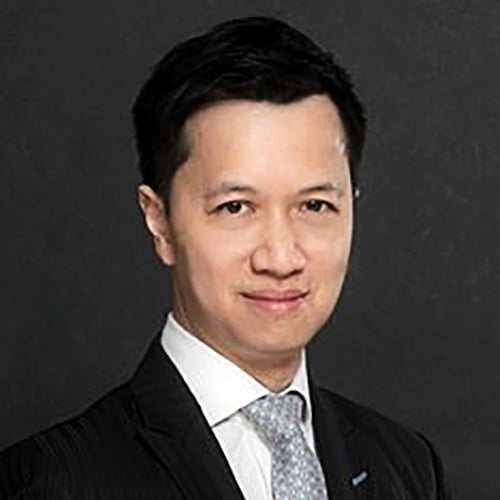China’s recent moves to relax some regulations pertaining to its mutual funds industry will benefit market players, promote cross-border connectivity with more markets, and open up more areas of the country’s financial markets to foreign investors, according to a new report.
The pilot private pension scheme, announced in April 2022, is part of a wider liberalization that has attracted some of the world’s biggest investors to expand their presence in China, Cerulli Associates says in the report, Asset Management in China 2022: Effective Strategies for Differentiation.
Other measures have been launched to deepen cross-border connectivity in line with financial market reform. These include increasing the number of trading days, expanding the scope of the Shanghai-Shenzhen-Hong Kong Stock Connect, launching ETF Connect, and expanding the global depository receipts scheme to Switzerland and Germany.
On May 20 2022, the China Banking and Insurance Regulatory Commission (CBIRC) released the Measures for Supervision and Administration of Managers of Publicly Raised Securities Investment Funds to enrich the mutual funds industry and pave the way for its high-quality, sustainable development.
The measures relaxed the previous restriction of “one participation, one control”, and allowed for more applications of mutual fund licences, meaning that a group company can apply for the mutual fund licence through its asset management subsidiary even if it already has a share in a fund management company (FMC) or has a controlling stake in another FMC.
On the other hand, a parent company with a mutual fund-licensed subsidiary can still hold shares in an FMC through capital injection or equity acquisition. Besides FMCs, private security investment fund companies and the asset management subsidiaries of securities companies, insurance companies, and banks can apply for mutual fund licences.
The new CBIRC measures follow the removal of the cap on foreign institutions’ stakes in securities, FMCs, and future companies since 2020, which have encouraged these institutions to accelerate their establishment of wholly foreign-owned financial entities in China or tried to take control of existing joint ventures (JVs) through equity acquisitions or capital increases.
There are currently seven securities companies and five wealth management JVs among foreign-controlled companies, while wholly foreign-owned firms in China include two securities companies, three mutual fund companies, two insurance companies, one insurance asset management company, and one futures company.
“While the industry’s development will benefit from the relaxed restrictions, Cerulli believes competition will become increasingly fierce as more market participants enter the fold,” says Cerulli analyst Pan Yanjun. “Marketshare is likely to remain concentrated with top FMCs that have established reputations and track records.”
“However, small and mid-sized FMCs will find it difficult to compete with newer entrants, such as the asset management subsidiaries of top securities firms, which have rich resources in research, asset allocation, alternative strategies, and wealth management for high-net-worth clients. At the same time, more competition will improve the overall service quality of the industry.”









